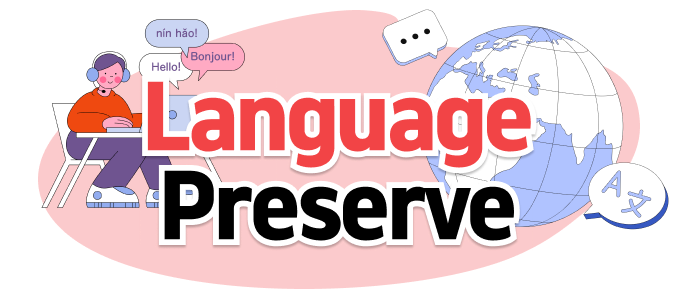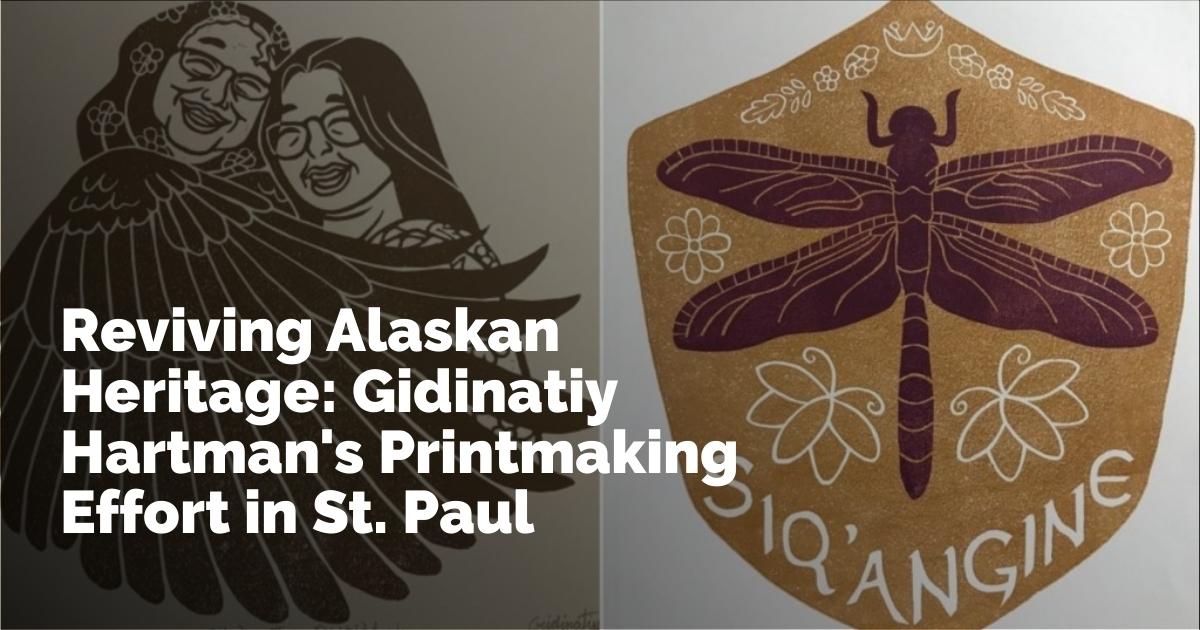Revitalizing Deg Xinag: The Artistic Journey of Gidinatiy Hartman
Understanding Language Through Art
Gidinatiy Hartman, an artist from Alaska, has made it their mission to breathe new life into the Deg Xinag language through their captivating artworks. A printmaker renowned for visually striking pieces, Hartman often integrates Deg Xinag words and phrases into their art to promote language learning and cultural understanding. One of Hartman's prominent pieces features a dragonfly set against a floral shield, entitled siq’angine, which means dragonfly in Deg Xinag. Interestingly, the literal translation is "protect me," an apt descriptor given the dragonfly’s role in preying on mosquitoes.
The artworks serve as a bridge between visuals and language, providing a unique avenue for preserving and revitalizing the Deg Xinag language, native to the Alaskan Deg Xitʼan culture.
The Deteriorating State of Deg Xinag
Alarming as it may sound, Deg Xinag is critically endangered. Current statistics from the University of Alaska Fairbanks suggest that only approximately 40 individuals are capable of speaking the language. The situation is even startling according to a 2024 Alaska Native Language Preservation and Advisory Council report, which estimates the number of proficient Deg Xinag speakers to be merely two. This underscores the urgency for preservation efforts.
Hartman's personal connection to Deg Xinag has been marred by historical efforts of assimilation, where their maternal grandparents were subjected to boarding schools that stifled any expression of Indigenous culture or language. Despite this, Hartman and their family are dedicated to learning and preserving Deg Xinag, even if it means starting anew.
Family at the Forefront
Hartman's family is deeply involved in the campaign for Deg Xinag revitalization. Their aunt, LaVerne Xilegg Demientieff, exemplifies the power of adult language acquisition. Through her involvement with the Doyon Foundation, Demientieff not only teaches but mentors new language learners. This foundation is part of Doyon, Ltd., an organization akin to tribal governments of Native corporations in Alaska.
Several of Hartman’s cousins have also embraced the mission, enrolling in language-learning programs. This collective family effort symbolizes resilience and hope for the language’s future.
Art as a Tool for Revitalization
Hartman's artistic journey is intrinsically linked to the mission of language preservation. As one of the Jerome Foundation early-career resident artists at the Highpoint Center for Printmaking in Minneapolis (2023-2024), Hartman has focused on crafting pieces that double as educational tools. These prints feature straightforward representations such as a bee with the label ginodzets (bee), or a bicep flexing Native woman captioned istl’itth (I am strong).
However, some works embrace whimsy, like an intaglio print depicting a woman sneezing, unbalanced objects around her, under the evocative title “Yix xidina’ yi’idituq,” which translates to "the house spirits jump up." These creative pieces enrich engagement with the language beyond sterile interpretations.
Bringing Art and Language Together
Hartman's interest in merging art with language revitalization was evident even during their college years. Their undergraduate thesis exhibition at the University of Alaska Fairbanks featured prints celebrating Deg Xinag, supported by contributions from other language-learners. This installation was a milestone for Hartman and was deeply meaningful for their family and community, inspiring a poetic intersection of visual art and linguistic heritage.
For those interested in exploring Hartman's work further, they maintain a website showcasing their artworks and cultural initiatives. Through these pieces, Hartman continues to make strides, not only as an artist but as a pillar in the broader effort to revive the Deg Xinag language.
In this endeavor, Hartman exemplifies the capacity of art to transcend its conventional boundaries, serving as a guardian of culture, language, and identity for generations to come.
출처 : Original Source

